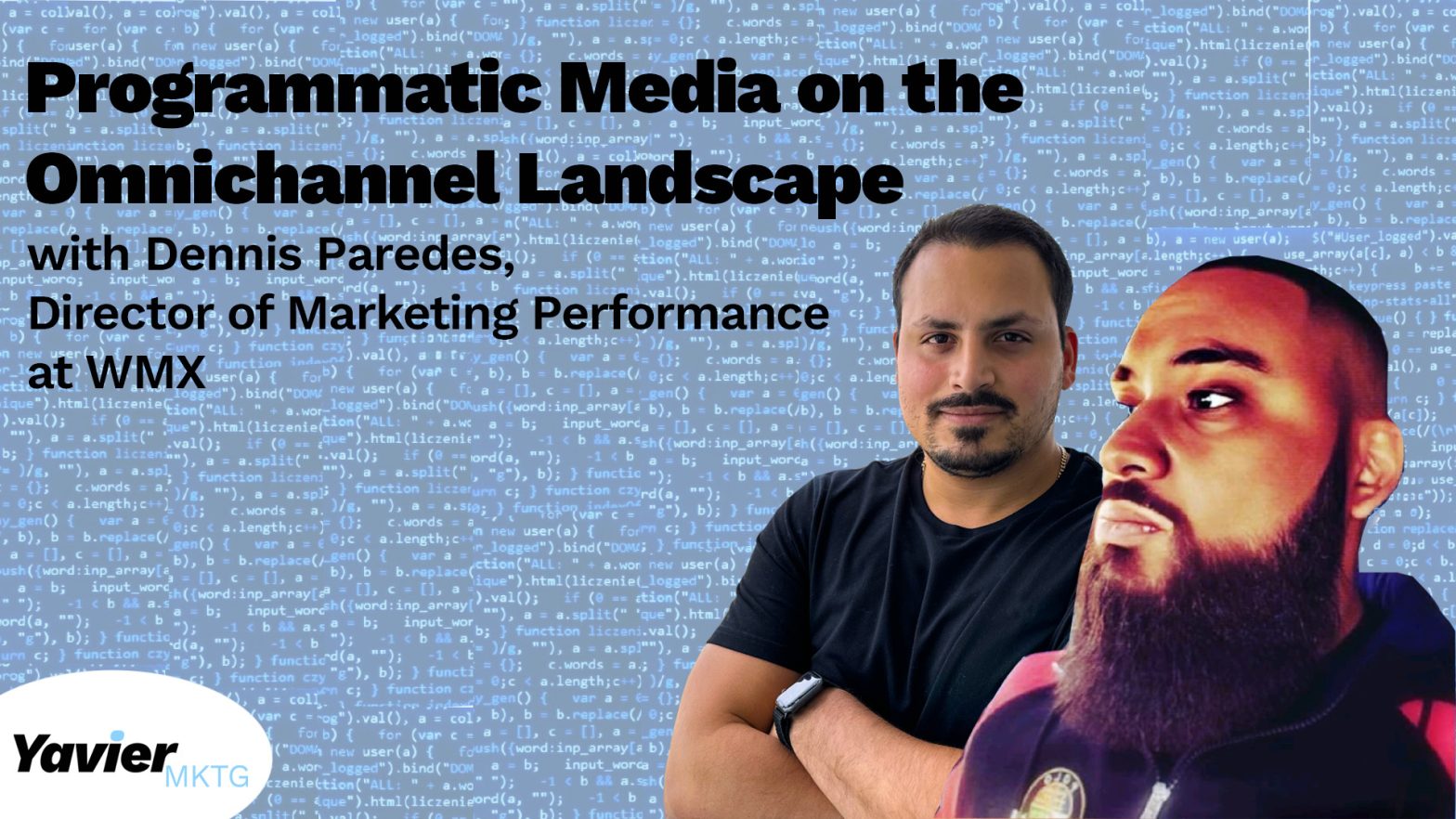I’ve been working on marketing for the last 6 years. It all started with a group of friends doing weekly nightlife events. When we started, we didn’t know what exactly we were doing. We understood that we needed to bring people to a location between certain hours to eat and drink at a bar close to our college. We started by telling everyone we knew that there was going to be a party in a specific venue. We also printed out flyers and started to leave them on cars, and dorm rooms, handing them to people, and even throwing them down the stairs during peak time in different locations around campus. (I do not condone this as was not allowed). We were everywhere on campus and on social, specifically Twitter to reach a certain audience since we started posting the flyer and tagging different friends of ours so they could retweet it. I remember, for our first event we only had 80 people in attendance. For the next one, we brought over 120+ people. By the third night, we were bringing 200 people. This happened consistently every Wednesday by doing something I didn’t know until now. We had created, unconsciously, our buyer persona.
Currently, as you may know, I’m a programmatic trader/media buyer. I’m constantly doing research, looking at different analytics, and creating different audiences for my programmatic ad campaigns. Before launching a campaign, I normally discuss with the client what target audiences they want to reach, to serve them ads and convert them to a customer, or to serve them ads and bring them back to be a customer. After I do that, I start creating the different types of audiences I can create on the DSPs (Demand Side Platform) to apply them to my prospecting strategy. For me to do this, I have to understand the market, brand, products, past customers, current customers, and a lot more, so I’m constantly researching to create audiences week over week to apply them to the campaign. During this process of research, I found information about what is a Buyer Persona. A Buyer Persona is a fictional person or profile of your ideal customer based on market and audience research. This profile will describe that fictional person in detail. It should contain demographic and psychographic descriptions, behavior trends, values, desires, pain points, and affiliations. It is important to understand two things. This buyer persona is fictional, but it should be built or created as a living customer and it should not be described as a potential buyer. It should be the reflection of your perfect customer who probably already exists in your target market. Below you can find an example of a Buyer Persona.
Buyer Persona for Wells Fargo new campaign with their new Saving account program where interest is at 0.5%

After I started dedicating time to building my Buyer Persona for my clients, I started developing stronger audiences for my ad campaigns. Audiences, in digital campaigns, cost and have different prices, meaning, that when you run a campaign big part of the money you spend, will depend on the audiences created. In other words, you are investing in audiences in order for them to make purchases, fill out a form, call, subscribe to your newsletter, etc. You will probably think, that if I created campaigns based on my Buyer Persona, the campaign would cost more. Yes, that’s right, but I’m not creating audiences with all the specifications of that profile created, it’s impossible to do that, but I can try to think like them. I can create audiences based on interests and behaviors that the Buyer Persona created will identify. For example, I have an airline as a client. This airline is from Israel, and they are looking for people to book flights to Israel. The first thing that comes to your mind is to target people who are actively looking to fly to said destination. Sure, we are going to have that audience since it meets my Buyer Persona characteristics. I can also create audiences based on keywords for contextual targeting audiences based on Jerusalem Tours since my Buyer Persona has Christian beliefs and he or she has been wanting to go to Israel for a long time now. If I reach that Buyer Persona at the right place, time, and channel, it is likely that this person will click on the ad, and this way I can send them down the Marketing funnel.
I believe in investing and not spending. When programmatic traders, SEM managers, or paid social media managers are running campaigns, you as a client, must make sure that they are not only spending your money, they must invest your media spent on what really matters. Audiences are one of the most important things for a programmatic campaign and that’s why investing in the right audiences matters. Will you invest time and money in a business without having a clear plan on where the money is going to come from? I’m pretty sure you won’t. If you don’t define your audiences well, the money you are using is most likely being spent with any or a low return on investment. The Buyer Persona is a good exercise to do before launching your digital campaign to have a clear path to reach your goal and avoid wasting money.







Leave a Reply